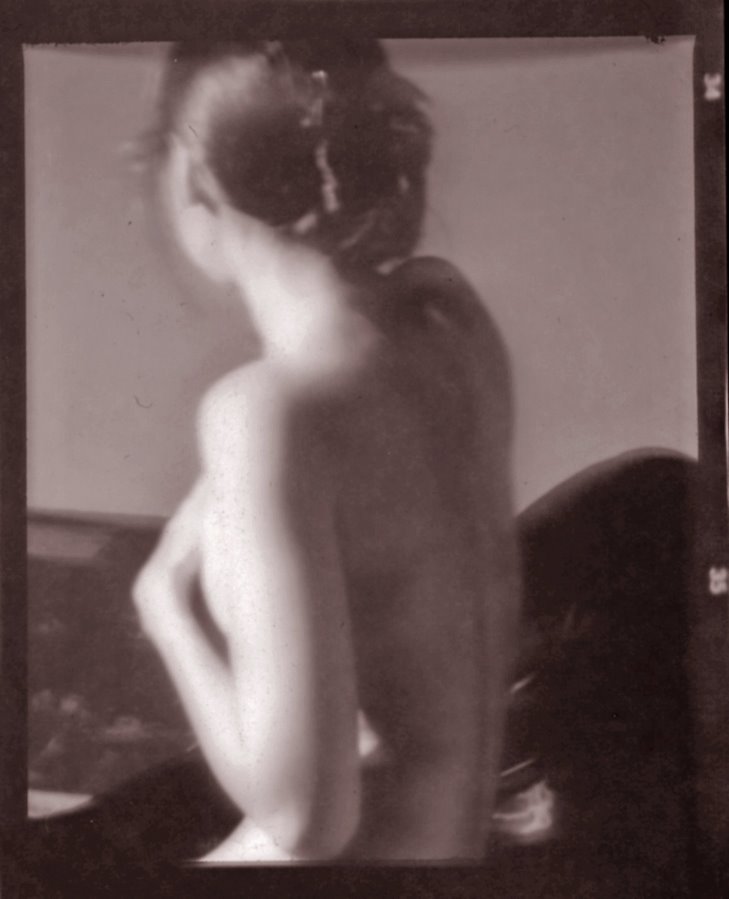The premise by the way is that a fairly regular man, a schoolteacher, though possessed of a certain amount of ego and self-regard about his abilities and status among men, while on a weekend insect collecting expedition to the seaside, is fooled into allowing himself to be lowered into a very deep hole in the sand where there is a house, occupied by a woman who is of the man's general age and not unattractive, from which hole he cannot afterwards get out.
The movie, which I had not heard of previously, is highly rated by the experts. It did not take long for me to accept it into my mental category of "1960s foreign art house masterpieces (as determined by other people)". It has that atmosphere through and through. I thought the material would translate well to film when I was reading the book, and the movie is highly faithful to the source (the author, Kobo Abe, wrote the screenplay). The director was Hiroshi Teshigahara, about whom I otherwise know nothing. The dominant motifs here are nihilism and alienation, and the atmosphere with the sand and the woman whom one is willing to relate to in an animal way but does not have much of a spritual bond with conveys this state of being well. There is also that very particular atmosphere of 1964 film productions here--a pivotal year, the spirit of which apparently carried across disparate nations, and one that has been important to me. In addition to all of the other major transitions during that year and the one after it--the Civil Rights act and reform of immigration law in America, the last year of high birthrates across the Western world, which have never recovered since, etc--it has always felt to me like the last year of black and white movies and television being the norm, and color being the departure. I know that there continued to be a number of landmark black and white movies in 1965 and '66, particularly overseas, but most of those have to me an archaic sense to me now, as if they were projects already in progress when everything went over to color, that the directors were allowed to finish. One thing about film is that technological advancements have often rather quickly brought an end to eras that artistically had not seemed to exhaust themselves. As time progresses in its still relatively young history, these eras grow shorter and more constricted within that history. The silent era now appears very brief, and silent movies as art were starting to get really outstanding in the last couple of years just as the form was becoming obsolete. I would not say that the same thing was happening with black and white movies or the studio system (which latter may indeed have exhausted itself), but I find it interesting to think that when I was a boy, in the 1970s, color television and movies were still somewhat new, and most of the history of these mediums, and a substantial number of the reruns that played on televison were in black and white, whereas now it is almost rare to find anything in black and white there. But anyway, the atmospheres of the famous black and white '64 films--Dr Strangelove and A Hard Day's Night are two examples that come to mind in addition to this one--all give off something of the vibe of the new era having arrived, the recovery from World War II being over, there is all this new technology and media, we are going to start addressing really egregious social problems and injustices because our conscience is kind of demanding it, etc, however, we are still wearing the clothes and acting in the attitudes of the era that we are moving out of (including black and white film) and then of course there is also the circumstance that the to me highly attractive social and cultural era that the 60s seemed to be building towards in these films was very short-lived, and was completely exploded by 1968. But I have to stop here.
I was going to offer some commentary on the Junot Diaz-writing workshops




No comments:
Post a Comment